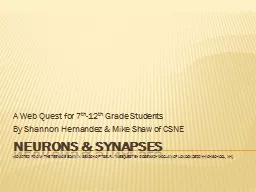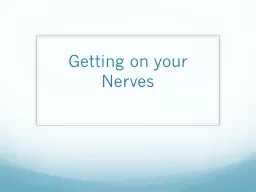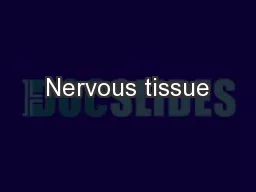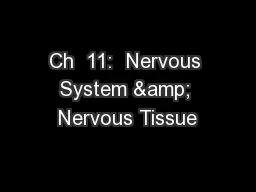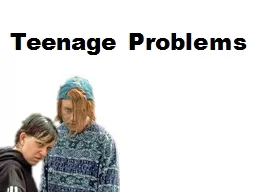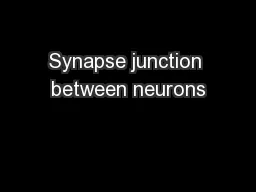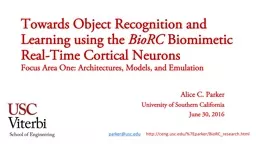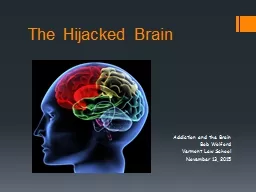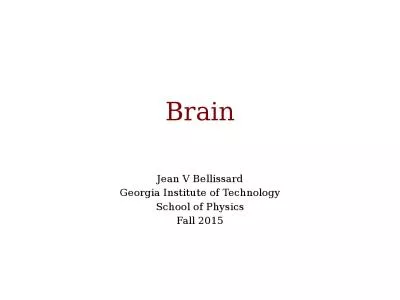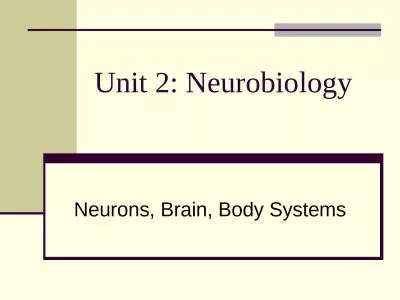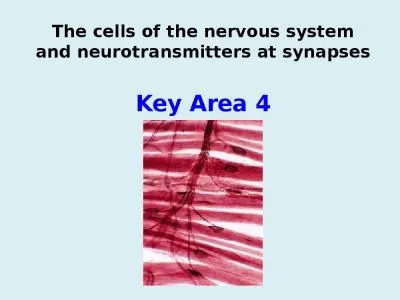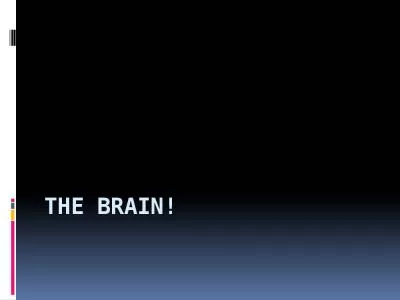PPT-NEURONS & SYNAPSES (Adapted from “The Teenage Brain in Search of Itself…”
Author : luanne-stotts | Published Date : 2018-03-18
Webquest by RoseMary McClain of Londonderry High School NH A Web Quest for 7 th 12 th Grade Students By Shannon Hernandez amp Mike Shaw of CSNE PART I The Brain
Presentation Embed Code
Download Presentation
Download Presentation The PPT/PDF document "NEURONS & SYNAPSES (Adapted from “..." is the property of its rightful owner. Permission is granted to download and print the materials on this website for personal, non-commercial use only, and to display it on your personal computer provided you do not modify the materials and that you retain all copyright notices contained in the materials. By downloading content from our website, you accept the terms of this agreement.
NEURONS & SYNAPSES (Adapted from “The Teenage Brain in Search of Itself…”: Transcript
Download Rules Of Document
"NEURONS & SYNAPSES (Adapted from “The Teenage Brain in Search of Itself…”"The content belongs to its owner. You may download and print it for personal use, without modification, and keep all copyright notices. By downloading, you agree to these terms.
Related Documents

